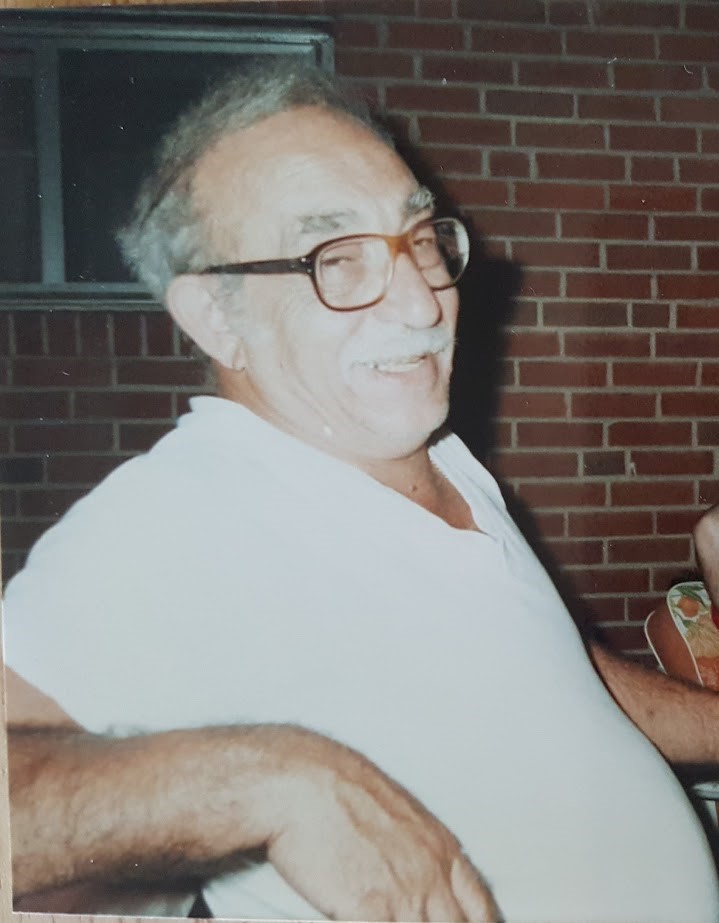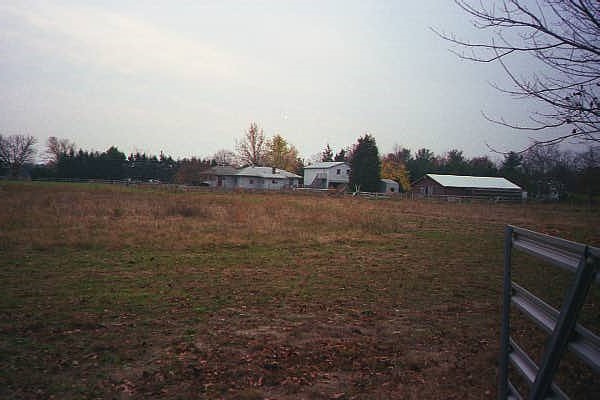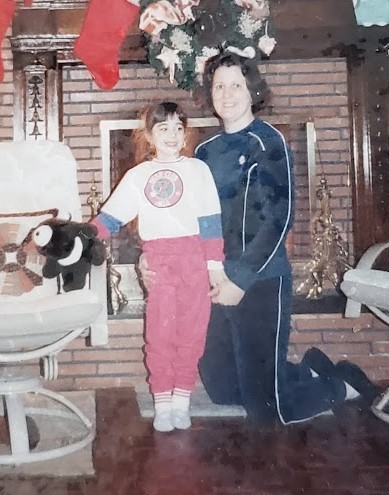
Through the Rearview
I have been reflecting on the concept of the word “afterlife” as portrayed in the Netflix show “Afterlife” starring Ricky Gervais. He presents a unique perspective on the passage of time and the impact of loss. Rather than delving into the supernatural, this show spotlights the profound journey of navigating life after a significant loss, like the death of a loved one. This prompted me to ponder the ways in which we are constantly living in the aftermath of our own experiences. Taking the term ‘afterlife’ and giving it a poignant twist. It’s about moving through life shadowed by loss, where each day is a step further from a past shared with someone dear.
This concept got me thinking. Life after death isn’t just about the person who’s gone; it extends to everything connected to them – relationships, pets, homes. It’s like we’re all ghosts of our past selves, haunted by memories and moments that once were. Every day, hour, and minute we’ve lived becomes a ghostly echo in our ‘afterlife.’ The process of dealing with such monumental changes, particularly in the wake of a death, is indeed a complex and often stormy odyssey. It’s a journey that can be deeply personal and universally relatable at the same time. As I embark on exploring this theme, I am faced with the challenge of choosing a starting point for such a vast and intricate topic. That’s the nature of such journeys. They’re not linear; they’re scattered like memories, like the pieces of ourselves we leave behind in our own personal ‘afterlives.’ The narrative seems to seek a creative pathway to unravel and articulate these thoughts further, taking me along “pock-potted roads” — a metaphorical landscape dotted with personal experiences and insights.
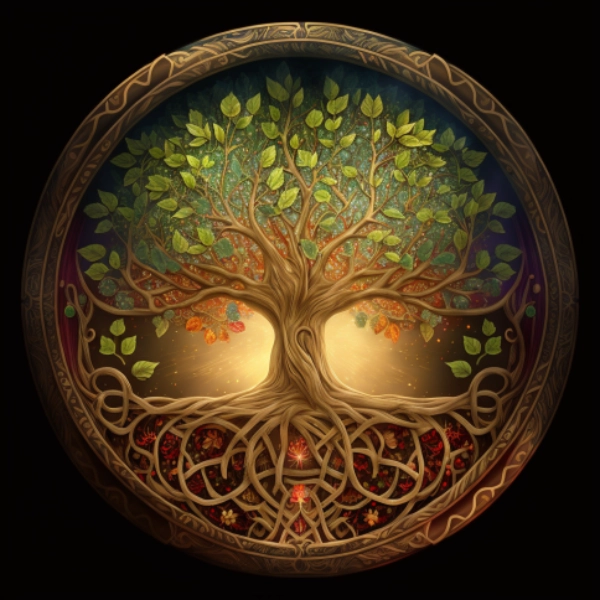
These pivotal moments in our lives often leave indelible marks, etching themselves into our memories with striking clarity. They can stem from a variety of experiences – the profound loss of a loved one, the transition of moving to a new place, the evolution or dissolution of friendships, or the life-changing event of welcoming a child into the world. In the context of this essay, such moments have not just been mere points in time; they have been significant crossroads, directing me onto paths vastly different from what I had envisioned. These are the experiences that have sculpted the contours of the life I now navigate – a life molded and altered by these critical junctures, shaping my journey through this afterlife of change and adaptation.
I was just 17 when my dad passed away. He was significantly older than my mom, 22 years her senior, and his health was always a concern. A lifetime habit of smoking since he was 9 had left him with chronic heart and respiratory issues, leading to frequent hospital stays. Despite this, the reality of losing a parent is something you can never truly brace yourself for.
It happened on a Sunday, one that happened to follow Thanksgiving. That morning, my mom asked me to check if Dad was awake for breakfast. I found him dozing in his armchair, still breathing. We continued our morning routine. I vividly recall reaching for a slice of leftover cherry pie when suddenly, the tempo of life shifted.

My mom rushed back from checking on Dad, her voice laced with panic, saying he wasn’t breathing. Time seemed to fracture, each second stretching and blurring, like scenes from an old, flickering movie. We called 911 in a frenzy, waiting agonizingly for the ambulance. But nothing prepared me for the sight of my dad, lifeless in his chair, the hum of his oxygen machine a stark contrast to the stillness of a body that had slipped away from its need for air.
In the wake of my dad’s passing, life shifted into a less comfortable gear. The sense of security I once had felt abruptly yanked away, leaving me to grapple with the stark reality that life would never be the same again. For a time, I moved through my days mechanically, harboring a hope that emotions and life would somehow recalibrate on their own. But that restoration never came. Instead, it was filed away under the unresolved moments in life.
Let’s turn back the clock to a time 11 years before my father’s passing. At the tender age of six, my life took a dramatic turn when my dad decided to relocate us from a Pennsylvania suburb to a secluded part of South Jersey. His lifelong dream? To own a horse farm. Previously, he had only managed to board horses and compete in sulky racing. He eventually found his dream in a 10-acre property, which came with a modest house.
As a skilled carpenter, my dad transformed the land over the years. He constructed a barn, added a second story to the garage, built fences for the pastures, and even erected a deck and a pool. He began a playhouse for my brother and me, though it remained an unfinished project. Our farm bustled with life – horses, goats, chickens, rabbits, and a sprawling vegetable garden nurtured by my mom. Life felt abundantly rich.
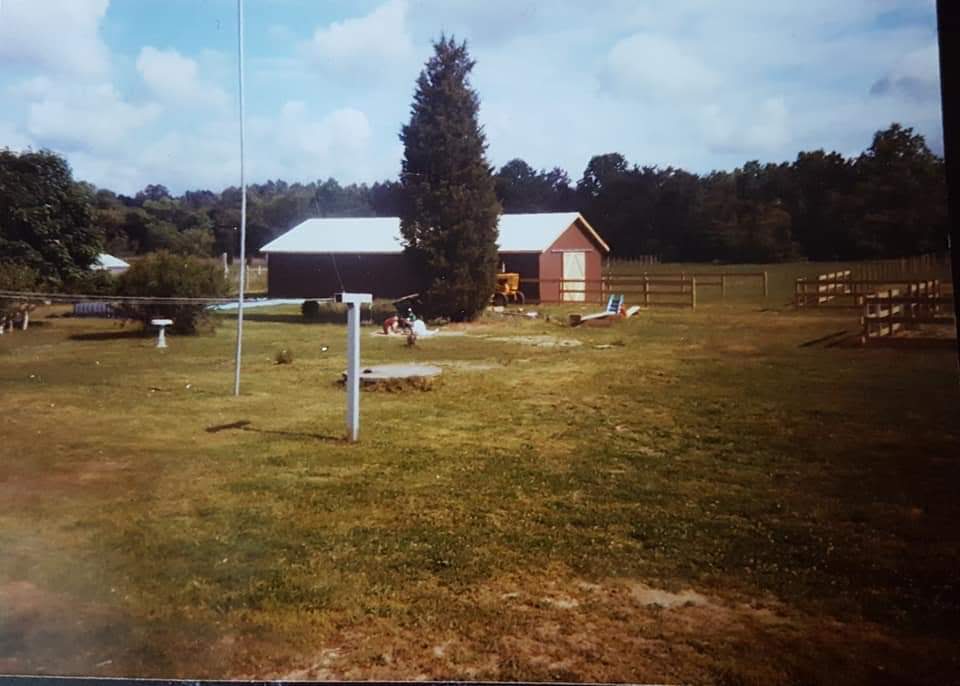
However, as my dad’s health began to deteriorate, the farm lost its vibrancy. It grew dim, like a forgotten corner on a colorful map. The once lively world I knew gradually faded, mirroring the decline of my father’s health.
In the wake of my father’s death, the fabric of our family life began to unravel. My mother, who had dedicated her life to being a stay-at-home mom, found herself adrift in a sea of uncertainty and financial woes. The modest pension my dad left behind provided a temporary lifeline, but it was a fleeting reprieve. The months following his passing were a blur of decisions she never thought she’d have to make. Her world, once defined by the routines of home life, was now clouded by invoices and mounting responsibilities.
For a brief period, my mother turned to selling Hummels, those delicate porcelain figurines, as a way to make ends meet. It was a saddening endeavor, each sale a small letting go of a piece of the past. But the effort was like bailing water from a sinking ship with a teacup – earnest but insufficient. Eventually, the inevitable reality set in, she needed a job. This transition, from homemaker to breadwinner, was a tumultuous one. Meanwhile, the house, once a symbol of our family’s unity and my father’s dreams, began to mirror our internal chaos. Neglect crept into its corners like unwelcome shadows, with repairs left undone and care postponed.


At 17, the age where most teenagers are preoccupied with high school dramas and college applications, I found myself grappling with a maturity beyond my years. It became painfully clear that my mother lost in her own grief and overwhelmed by newfound responsibilities, was letting things slip away – bills unpaid, impulsive purchases on QVC, a home slowly decaying. This realization hit me with the force of a wake-up call.
So, instead of stepping into lecture halls and dorm rooms, I stepped into the workforce. Dropping out of college wasn’t a choice made lightly; it was a decision forged from necessity. I found myself clocking in hours, not for a degree, but to piece back together the fragmented remains of our family life. Each paycheck was a stitch in the fabric of our existence, an attempt to mend what grief and circumstance had torn apart. My path diverged from the expected route, leading me down a road of responsibility and resilience.
By 2006, life had ushered in a new chapter for me – I was pregnant with my son, a beacon of hope amidst the chaos. However, this period also marked a crucial turning point in our family’s financial saga. The house, a vestige of my father’s dreams and our collective past had become the center of a financial whirlwind. My mother, having accumulated a considerable amount of debt over the years, found herself cornered into refinancing our home. This decision, though seemingly a solution, was in reality a step into the quagmire of predatory lending practices that were silently weaving the fabric of the 2008 housing market crash.

Unbeknownst to us, the refinance agreement my mother signed was a ticking time bomb. Debts were momentarily swept away, but in their place stood an insurmountable monthly payment, far beyond our means. The new mortgage was a shackle, each payment stretching our finances thinner. We were unknowingly caught in the eye of an impending financial storm that would leave countless families shattered in its wake.
Fast forward to 2009, a year that etched itself into my memory with the sharpness of a knife. One day, a notice clung to our door, stark and foreboding – our house was scheduled for a sheriff sale and auction. The walls that had housed our joys, sorrows, and the mundane rhythms of our lives, were now marked for the taking. This was more than a financial crisis; it was a personal cataclysm. My son was three, too young to understand the complexities of our plight, but old enough to feel the shadow of our despair.
That year, Christmas was a ghost of what it should have been. We managed to get a tree, but it stood in our living room, a solemn reminder of what we couldn’t provide – there were no presents underneath. Christmas morning dawned, not with the excitement of a child’s joy, but with the heavy silence of unfulfilled wishes. My son may not remember that morning, but it is etched in my heart, a bitter reminder of our struggle and resilience in the face of life’s most challenging moments.
In the aftermath of the auction notice, we managed to negotiate a forbearance agreement and payment plan with the mortgage company. This effort pulled our home back from the brink of the sheriff’s sale, but it was only the beginning of a prolonged struggle. The predatory lending schemes of 2008 had ensnared our family, leading us to court. Our case hinged on the argument that we were victims of these unscrupulous practices. From 2008 to 2018, we waged what often felt like a losing battle. Each court appearance, each legal maneuver, was a desperate bid to buy more time, to cling to the home that was the cradle of our memories.
During these turbulent years, the house itself began to succumb to the weight of time and neglect. The roof developed leaks, allowing rain to seep through, a relentless reminder of our own vulnerability. The basement became a regular site of flooding due to the aging copper pipes, gradually corroded by our well water. The electric bills soared, as the house, now riddled with gaps and drafts, struggled to retain heat in the winter and coolness in the summer. Each season brought its own set of challenges, turning our home into a battleground against the elements.
The deck my father had built, once a symbol of his craftsmanship and care, was now a fading shadow of its former self. The stairs leading to the second-story garage became treacherous with each passing year, mirroring the gradual decay of our circumstances. The barn, once bustling with farm life, stood as a hollowed husk, a stark contrast to the vibrant hub it once was. Living in this house became a daily exercise in holding onto a skeleton of the past, a physical manifestation of the memories we so desperately clung to amidst the chaos of our present.

Our home became more than just a structure; it was a testament to our resilience, the battles we waged, the life we brought in, and memories too many to recount; now a battered symbol, only echoes and ghosts remained.
In 2017, we reached a crossroads and chose to let go. The struggle to keep our family home had become a Sisyphean task, draining more than it gave back. The decision to stop fighting was bittersweet, a surrender to the relentless tide of financial and emotional strain. Our new beginning was modest – a cramped two-bedroom apartment; our living space was confined above neighbors who smoked. Far from ideal, yet it was the only refuge available to us, our options limited by the wreckage of our credit scores, a testament to our years of financial struggle.
Informing the mortgage company of our decision was like closing a long, tumultuous chapter. In exchange for handing over the keys, they offered us a settlement. A larger sum was promised for leaving the house ‘broom clean,’ but the task was daunting. Nearly three decades of life had filled every corner of that property – the basement, the attic, the second-story and main garages, and the barn. Each space was a repository of memories and belongings, a physical manifestation of our family’s history.
The process of sifting through these remnants was overwhelming. Each room, each box, held fragments of our past. There were moments of nostalgia, items that sparked joy and sorrow in equal measure. But the task was also a cathartic purge, a necessary step in moving forward. As I sorted, packed, and discarded, it felt like I was not just clearing out a house, but also making space for a new chapter in our lives. The act of letting go of the physical space mirrored our emotional journey, a painful but essential part of embracing our new reality.
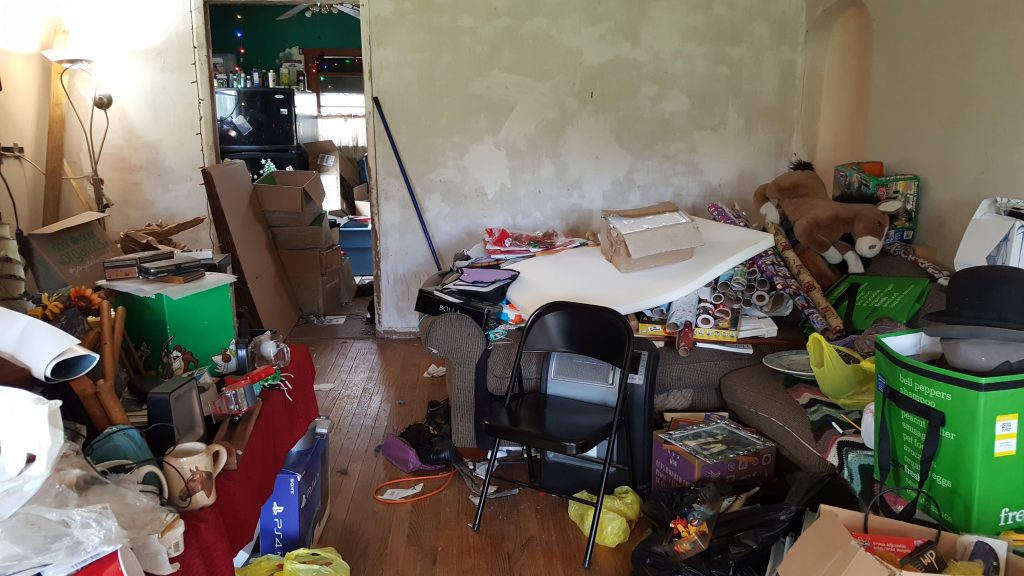
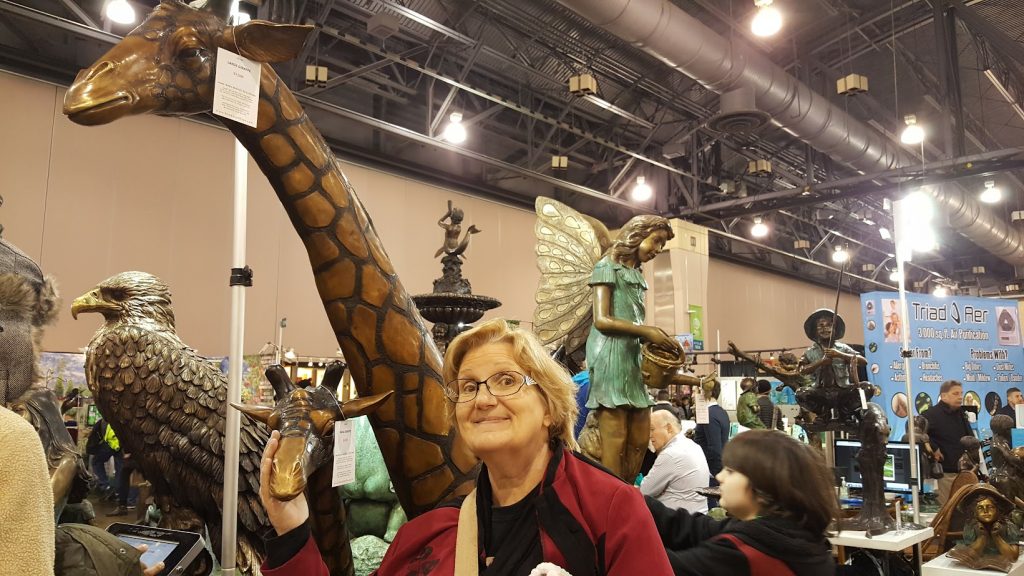
As this personal odyssey of afterlife – of living through and beyond profound changes – reaches its climax, I find myself in a painful chapter. My mother, once a pillar of strength despite our financial upheaval, now faces the slow, inexorable progression of dementia. Each day is a gradual farewell, a heartrending process often referred to as ‘the long goodbye.’ Watching the essence of her being gently eroded by this condition is a journey of continuous loss, saying goodbye to small pieces of her day by day.
This experience is a complex tapestry of emotions. While it’s true that my mother’s inability to manage our financial situation propelled me into a premature role of responsibility, she was still a cornerstone of my world. Her efforts to work and contribute financially, though fraught with challenges, were anchors in our stormy existence. Now, witnessing her gradual fade into the fog of dementia is a stark reminder of life’s fragility. The woman who once worked alongside me, contributing to our household, is slowly slipping away, her memories and presence becoming more elusive with each passing day.
This gradual loss is a profound reminder of the relentless march of time and the impermanence of life. It’s a journey filled with moments of grief, tenderness, and reflection. As I stand witness to my mother’s decline, I grapple with the complexity of our shared history, the role reversals, and the evolving nature of our relationship. The process is not just about losing her bit by bit; it’s also about cherishing the moments we still have, however fleeting they may be. This chapter, while painful, is a crucial part of the tapestry that makes up the ‘afterlife’ of our shared experiences.
As I stand at this juncture of life, bracing for the inevitable moment when I must bid farewell to my mother, I’m reminded of the day I lost my father. These memories stir a contemplative mood, leading me to ponder the future and its unseen challenges. Time, relentless and unyielding, promises more trials, more life-altering events. My journey thus far stands as a testament to life’s complexities, its hardships, and its resilience. Yes, life is tough, and my path is littered with evidence of this truth. Yet, despite the wounds and scars, despite days when rising from bed feels like an insurmountable task, I stand as proof that survival is possible, even in the darkest of times.
While the show “Afterlife” may not have been put there for people to really go into a life-defining moment, it does impart a profound message– we must not be submerged by the overwhelming tides of grief and past traumas. These experiences, though harrowing, are not the sole architects of our identity. They mold us, strengthen us, but do not define us in our entirety. There is a resilience within, a flicker of light in the dark, reminding us that we are more than the sum of our trials.
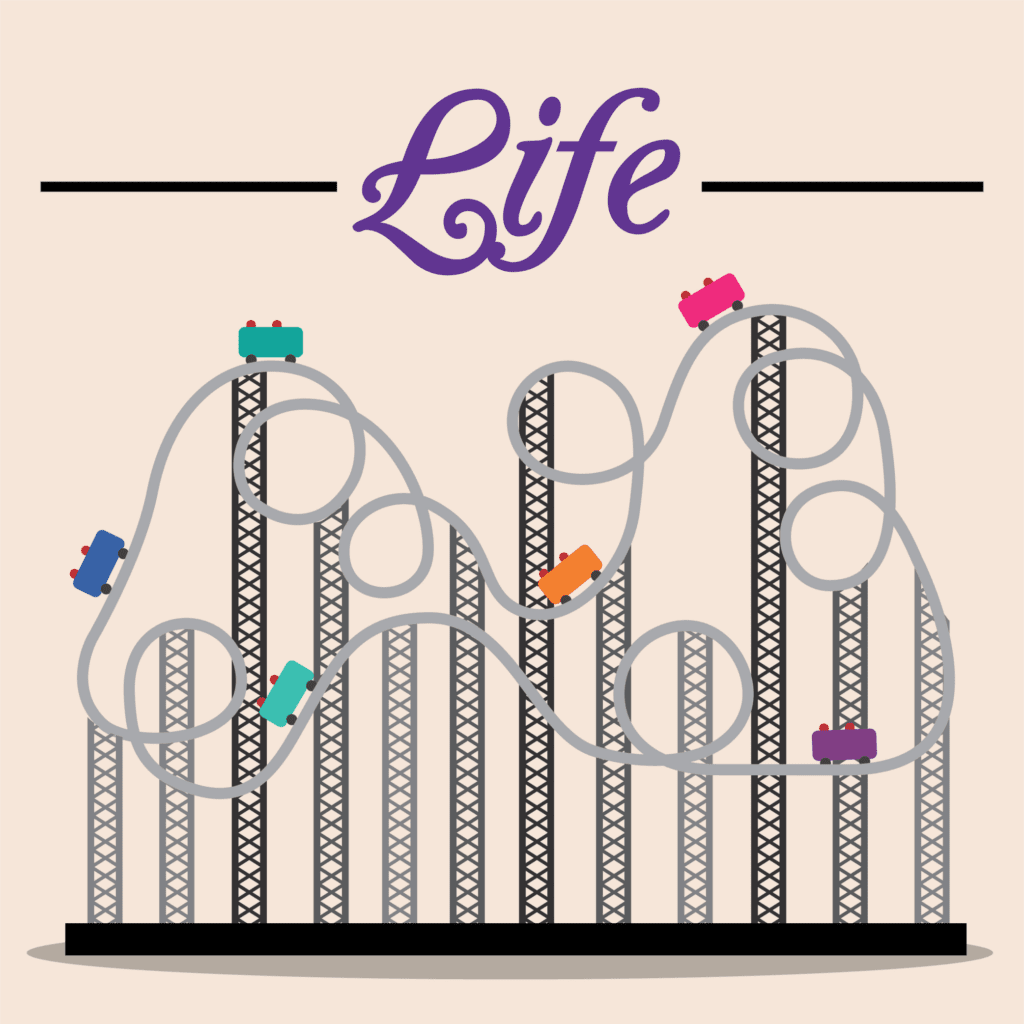
This concept of living an ‘afterlife’ is a continuous journey, one where we navigate the remnants of our past while reaching toward the possibilities of the future. It is a reminder that in the midst of loss and change, there is an enduring spirit, a capability to transcend and transform. As I walk this path, with its ups and downs, its joys and sorrows, I cling to the belief that we can cross these tumultuous waters, and that there is a way to bridge the gaps between despair and hope.
This personal narrative is not just a story of survival, but also a message of empowerment. It speaks to the resilience of the human spirit, the ability to face life’s adversities and emerge, though battered, with a renewed sense of strength and purpose. There is an ‘afterlife’ in every experience, a continued existence where we learn, grow, and persevere. And in this journey, as challenging as it may be, lies the promise of reaching that metaphorical golden bridge, a symbol of triumph over life’s relentless ebbs and flows.
